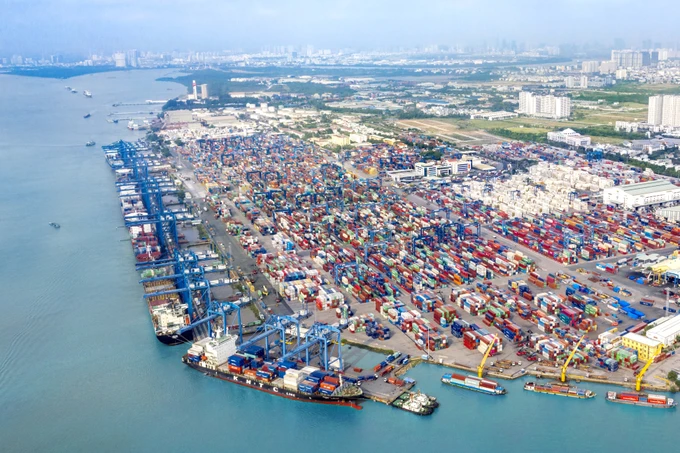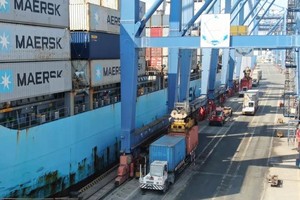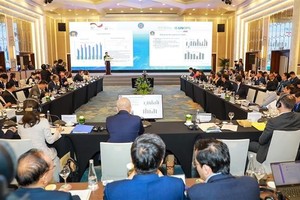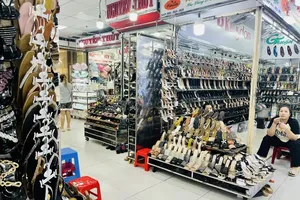
In the reviewed period, the country’s trade turnover reached nearly $440 billion, with exports totaling $226.98 billion and imports $212.9 billion, up 15.7 percent and 18.5 percent year-on-year, respectively.
Of the export value, the domestic sector accounted for 27.8 percent and the foreign-invested sector (including crude oil) accounted for 72.2 percent. Meanwhile, of the import revenue, the domestic sector contributed $78 billion, up 21.5 percent and the foreign-invested sector saw a rise of 16.9 percent to $134.9 billion.
In July alone, the trade value reached $69.72 billion, up 8.7 percent month-on-month and 21.8 percent over the same period last year. Of the figure, export reached $35.92 billion in July, a year-on-year increase of 19.1 percent while imports rose 24.7 percent to $33.8 billion.
The US is Vietnam's largest importer with a revenue of $66.1 billion, while China is the country's largest exporter with $79.2 billion.
According to Le Quoc Phuong, former deputy director of the Vietnam Industry and Trade Information Center, the goal of reaching export revenues of $377 billion, or a growth rate of 6 percent in 2024, is within reach, as Vietnamese enterprises are well prepared for taking opportunities from free trade agreements (FTAs).
Vietnam is among the world's top exporters for many products such as rice, pepper and garments, he said, adding that it’s critical for the country to continue to improve product quality to meet requirements of import markets.
Companies also need to diversify into other markets and expand into ones such as the Middle East, Africa and South America in order to minimise the risks from dependence on single or several markets.
Vietnam’s export and import are robust in the period, Tran Thanh Hai, Deputy Director of the Agency of Foreign Trade under the Ministry of Industry and Trade said.
The ministry is hastening the progress of negotiations for the Comprehensive Economic Partnership Agreement with the UAE as well as promote in-effect FTAs to enterprises.
The ministry will continue to provide market updates for enterprises so that they can build appropriate production and market development plans.
It will also focus on increasing digital transformation in trade promotion, he added.
























